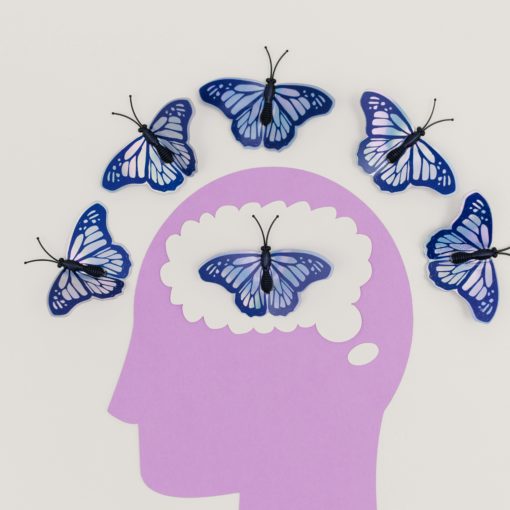Let me introduce you to the Lego Batman effect?
The philosopher Arthur Schopenhauer said that, “as soon as you try and put a thought into words it ceases to be true". There is something that is compromised when we put it into words. Language is always a summarizing, even for those who purport to have a lexicon of Shakespearean scale.
Let me give you an example ….. Close your eyes and imagine a tree, sit with that image for a few seconds and allow your imagination to explore it a little. When you are done, open your eyes and try to write down a description of that tree.
My guess is that written representation had a limited richness versus the original image in your head. Even if you covered the whole page in words. And if someone read your description of that tree? What is the likelihood that they will create an image in their heads replete with details identical to that which you imagined.
If you find yourself nodding begrudgingly in agreement then you will yourself aligning to what I refer to here.
So what is the Lego Batman effect?
Most of us have an image of Batman in our head, and it is probably related to our age, so it might be the slightly camp Adam West, or a darker more moody, Christian Bale, or even one of the DC comics incarnations. Whichever, is it most likely not Lego Batman.
But when we see Lego Batman we all still see Batman.
Yet, Lego Batman is an approximate representation. A approximated block-shape figure, a shadow versus the character that we recalled. Lego Batman has much we recognize as Batman, colour of clothing, gadgets, bat ears etc etc. But he is in fact not significantly different from Lego Catwoman, Lego Luke Skywalker or Lego Long-John Silver for that matter. He is a morphological compromise, the idea of Batman superimposed on the limitation of the Lego figure framework.
But somehow still Batman. And yet, the same Batman?
Why is this important?
This is important to understand because it effects our interactions with other people at all times. Whether socially or professionally.
Our intention to communicate with others, is like the idea of Batman, rich, fully formed and authentic. From that point on we begin to compromise. At the simplest level, the information field narrows as we fit it into the framework of language – an interesting point in itself if you think of different languages as different frameworks.
Even at this level, Lego Batman might morph Lego to Duplo Batman, or some other subtly different toy brand.
The simple act of putting something into words is an act of abridgement. But then think of this at an individual level.
Our conscious perceptions are shaped by our experiences, and so our projections (including communications) are similarly shaped. Our beliefs and values, our needs, context and understanding of what is socially acceptable (to name but a few) gives form to the communication of that original authentic intention.
And then think of it from a recipient perspective. Like in the tree example at the beginning, if their brains extrapolate our abridged message, how much similar to our original intention will their ultimate understanding be.
What’s in a word?
If we consider this triangle of intention-expression-interpretation, what does this actually mean for understanding. Well, it can be highly influential on our relationships. Then think of the difference in interpretations between generations, or some mistranslation.
It can also be costly, think of the time and menu spent getting the legal terms of contracts “right". And yet how often does our lawyer get it so “right" that some other lawyer might never later unpick it.
For example, from my career in insurance, I remember a very ugly and highly expensive legal battle over whether the collapse of the twin towers on 9/11 constituted one, or two events. This legal dispute lasted years and cost millions of dollars on top of the cost of the event. All on interpretation of essentially two words.
Bringing the toy back to life
Very often as coaches and trainers we talk about the idea that we generally judge ourselves by our intentions but others by their words or actions. In so doing, we are essentially judging our extrapolation of their Lego Batman against our already fully formed idea of Batman. As we have seen, a comparison almost destined to fail.
This is why we develop open and clean questioning approaches, which in practice serve to bring richness, depth and form to initially limited expressions. Most importantly, depth and form to situation or challenge outlined by experience.
Similarly we must recognize our own constraining frameworks.
If we are going to develop and maintain meaningful interactions, we need to recognize the influence of this effect. Thoughts, emotions and ideas are bigger than the words we “externally" frame them within. Particularly in our initial expression.
We need to explore and question each other’s action figures if we are to gain real understanding of the real picture. It is when we really recognize each other as complete that we can develop and sustain effective connections and relationships.




